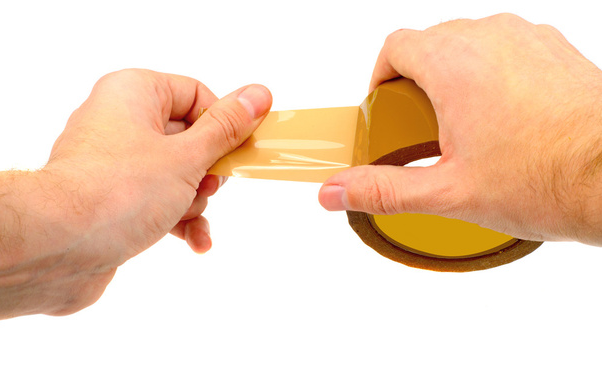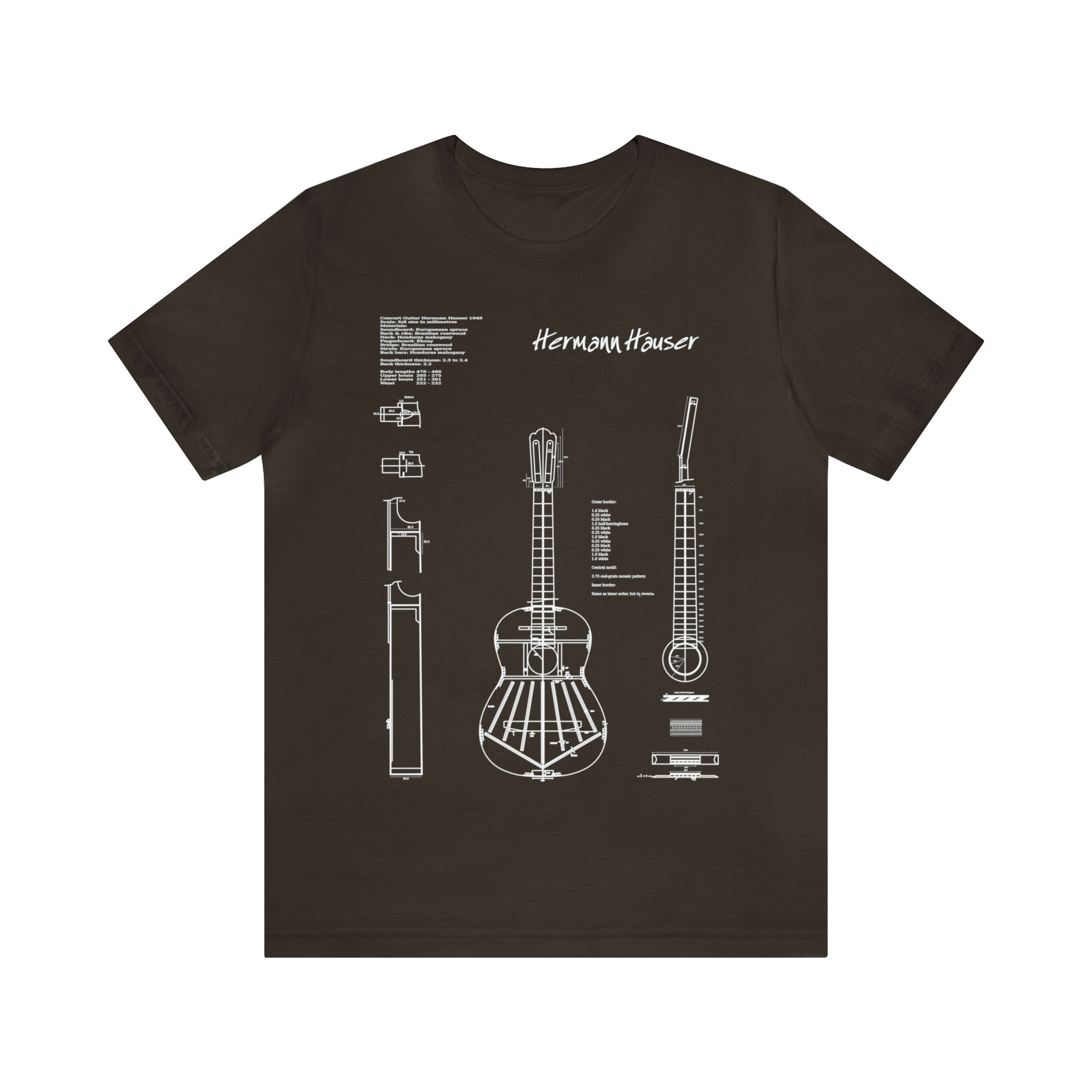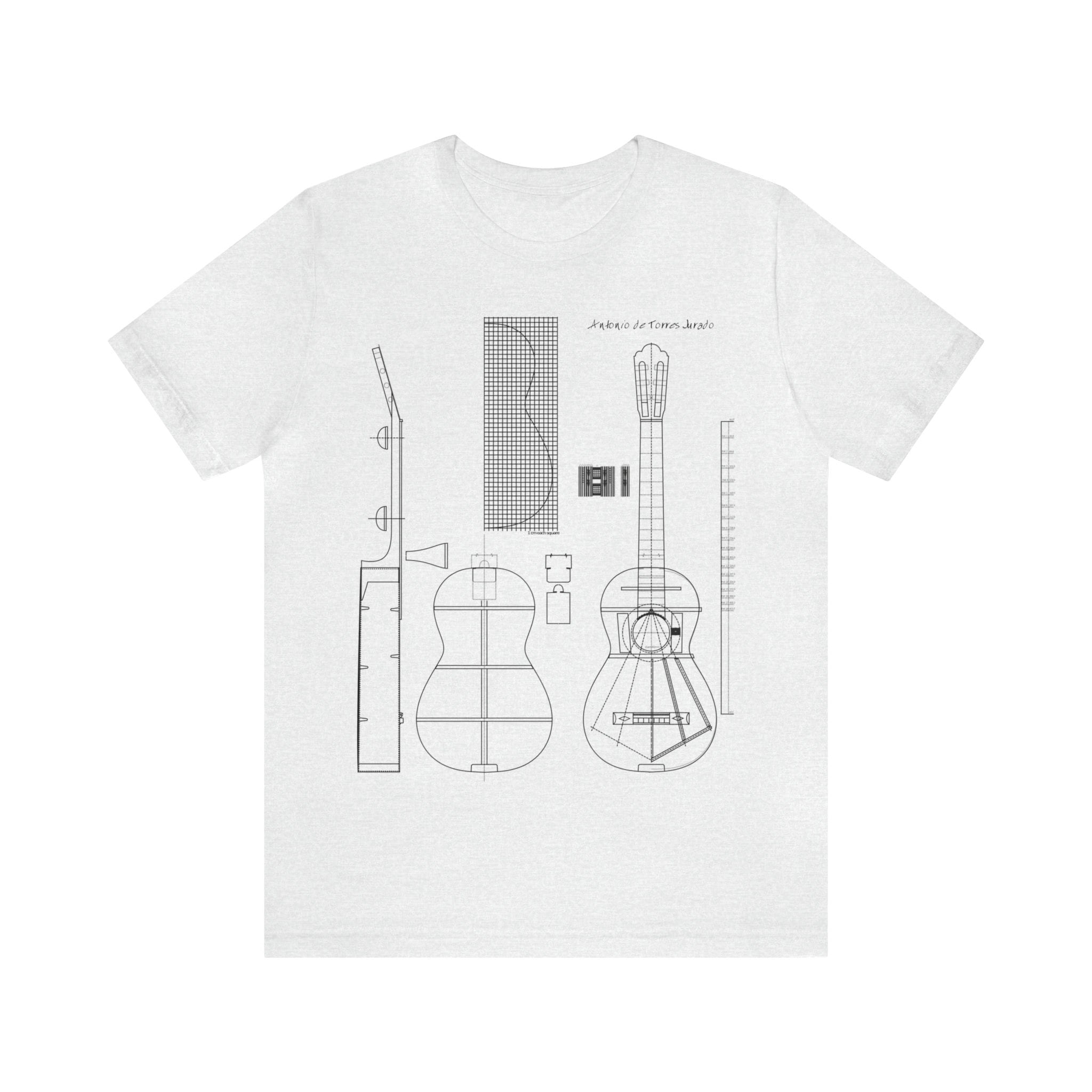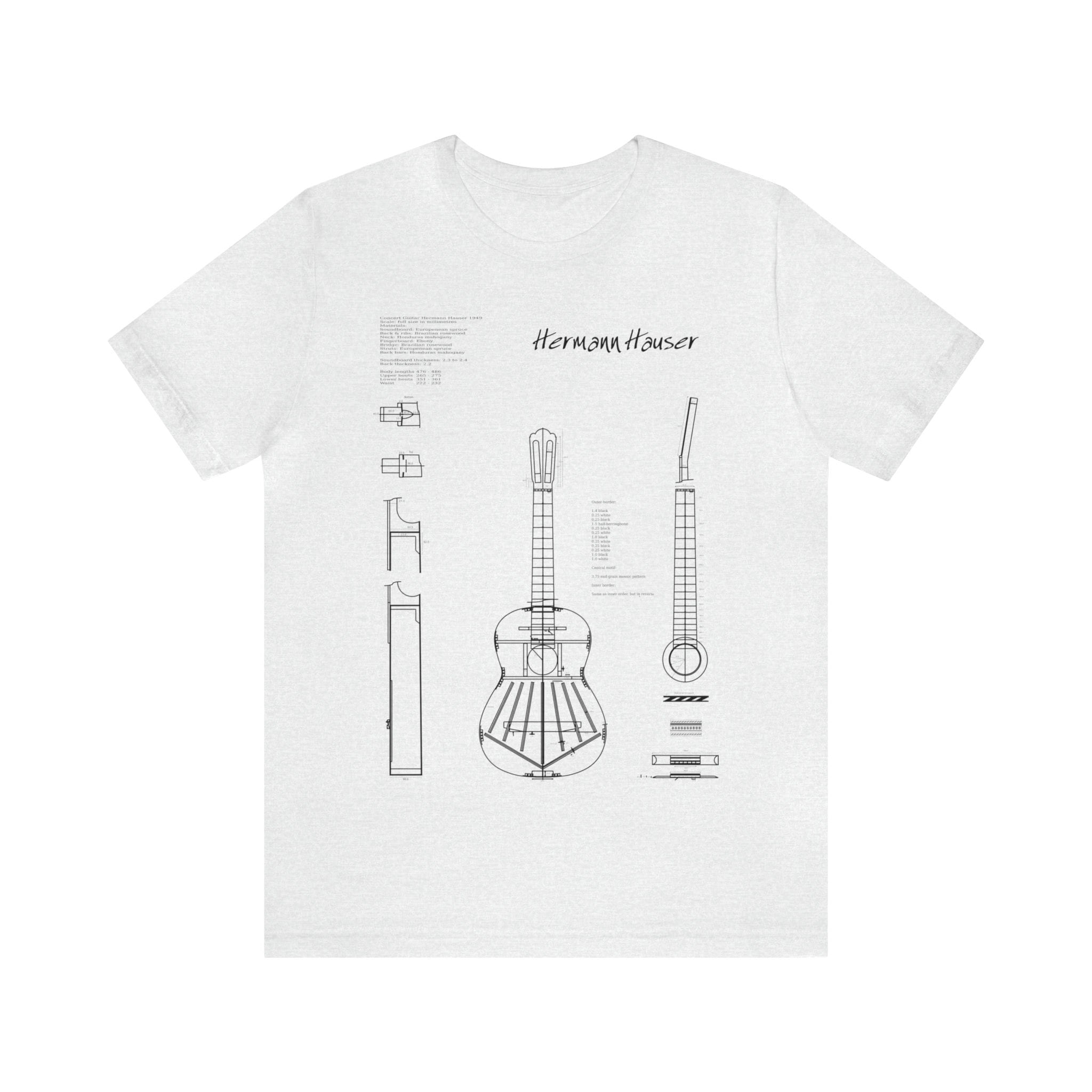Guitarists may have problems with preserving fingernails particularly when practicing a lot.
Taping the nails is a solution for guitarists to protect their fingernails while playing. Scotch tape is a popular option, but there are also other types of tape specifically designed for this purpose.
When choosing a type of tape, it’s important to consider the level of protection and durability you need, as well as how easily you need to be able to apply and remove the tape. You can try different types of tape until you find the one that works best for you.
Applying scotch tape to your nails for classical guitar playing:
- Cut a strip of scotch tape to the appropriate length. It should be slightly longer than your nail, so that it covers the entire nail and extends slightly over the tip.
- Place the tape on your nail. Start by placing one end of the tape at the base of your nail, near the cuticle, and then gently smooth it down over the nail, making sure it adheres well.
- Fold the excess tape over the tip of your nail. You want the tape to extend slightly beyond the tip of your nail to provide extra protection and prevent the tape from peeling off during playing.
- Repeat for each nail. Repeat the process for each nail on your playing hand, taking care to apply the tape evenly and securely.
- Adjust as needed. After you’ve applied the tape to all of your nails, take a moment to adjust the tape as needed, making sure it’s smooth and not lifting at the edges. You may need to apply a second piece of tape over the first if the first piece doesn’t provide enough protection.
It may take a little time to get the hang of applying the tape, but with practice, you’ll be able to do it quickly and easily. You can also experiment with different widths of tape, to find the right size for your nails.
The goal of using scotch tape on your nails is to provide protection for your nails while still allowing you to produce a sound that is similar to your normal sound, or at least acceptable. This way, you can continue to practice for extended hours without causing damage to your nails.
It’s important to remember that the sound produced with tape on your nails may be different from your normal sound, and you may need to make some adjustments to your playing technique to compensate for the added protection. However, with practice and experimentation, you should be able to produce a sound that is similar to your normal sound and that allows you to continue practicing and improving your playing.
Classical Guitar






